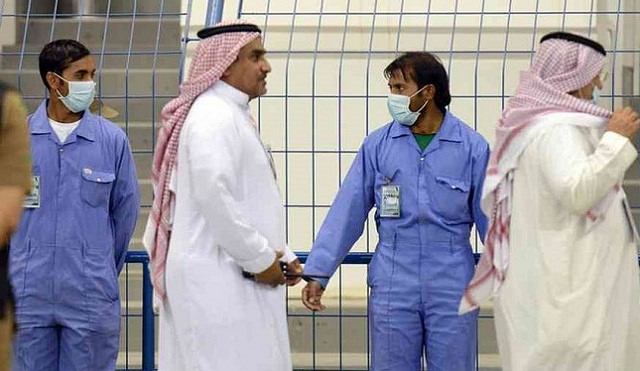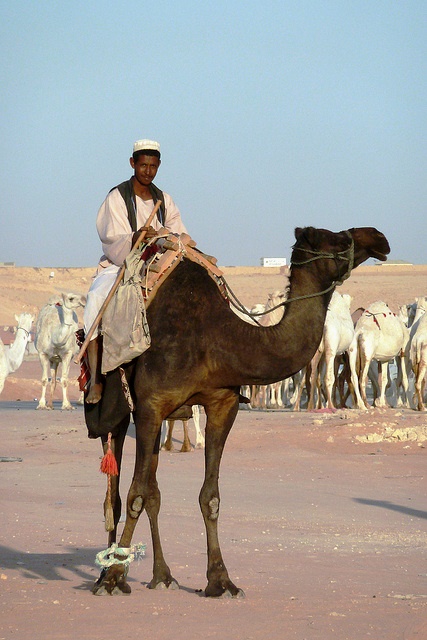The Neglect of American Veterans
/Michael Ransom, Contributing EditorLast Modified: 06:51 a.m. DST, 28 May 2014
WASHINGTON, D.C. -- The Department of Veterans Affairs misconduct is a national dishonor. But while politicians in Washington coordinate partisan finger-pointing and a "hot potato" style pass-off of culpability, veterans remain under-served at home. As they have for generations.
While all politicians are theoretically behind the troops, few supplement their talking points with federal spending. It may not be apparent reading recent headlines, but this duplicity exists on both sides of the aisle.
In February of this year, Republicans in the Senate voted down a $24 billion proposal for increased Veteran healthcare provisions. The bill would have also allotted educational stipends for former military members.
There is plenty of blame to go around, as liberals have not championed the cause either. In 2008, Senate Democrat Jay Rockefeller sparked nationwide disapproval when he questioned presidential hopeful Senator John McCain's wartime humanity.
Towards this end, returning U.S. soldiers have become cannon fodder in a war waged between two fighting factions, each of which talks a good game, but in the end, do little to effect change.
Repeated, this has been demonstrated by the lack of legislative action, since every time the opportunity arises for representatives to actually enact legislation to amend this gaping wound in the landscape of veteran affairs, they choose not to honor the values and promises they espoused during their campaigns.
These men and women have faithfully served and protected and did not question why, but when they return and ask so little of the system, their requests are denied. The promises and the periods of outrage U.S. representatives display during the election cycle historically fail to translate into meaningful change. In the meanwhile, men and women returning from war face alarming and unaddressed domestic challenges trying to navigate a system fraught with land mines of confusing regulations, long-waits, and lack of mental health treatment because of the stigma of mental illness.
Homelessness is also a little-known but continuing difficulty for former soldiers. Approximately one in eight homeless Americans are veterans. Other estimates conclude a one to five ratio. African-American and Hispanic vets are three times more likely to live on the streets than their white comrades. And probable mental illness or substance abuse is more likely to go untreated when these men and women are living off-the-grid.
Each day, more than 22 American veterans take their own lives, which is approximately one person every hour. The actual number of suicides is significantly higher but under-reported for a number of reasons. Many states, [including Texas] do not report these statistics to the Department of Veterans Affairs.
Equally notable, a lack of statistics on homeless vets preclude these individuals from being counted in the findings. Moreover, funeral homes vary in terms of reporting veteran status and suicide causation. Finally, a stigma towards suicide in the ranks plays into the deflated numbers. With increased funding and coordination, these deaths will become largely preventable.
The Department of Veterans Affairs (VA) functions with the second largest budget in the federal government, behind the Department of Defense. But, the VA is notoriously mismanaged according to bipartisan reports. Everyone agrees that the health of American soldiers returning from duty should be a priority, and needs to match the importance given to the national weapons cache, or the development of aircraft technology, or their value when they are sent to distant lands to fight in wars dreamed up by old men.
Keeping with historical trends, the improprieties of the Department of Veterans Affairs [that lead to 40+ dead veterans] is prompting more outrage than action. It will be telling if either party responds to these misconducts with concrete legislative improvements to the structure of the VA. There are plenty of places to start: increased VA personnel, funding and promoting veteran well-being, and requiring all states to accurately report data on veteran's health to the national department.
Follow Michael on Twitter Twitter: @nahmias_report Contributing Editor: @MAndrewRansom
Related articles
- Veterans' representation in Congress has fallen drastically since post-Vietnam years (stripes.com)
- Hagel, Kerrey split on VA secretary's future (watchdog.org)
- U.S. Republican Seeks Private Health Care For Waiting Veterans (reuters.com)
- Obama on VA Misconduct: 'I Will Not Tolerate It' (nbcnews.com)
- Veterans Groups Lash Out at Republican Senator (nytimes.com)














































